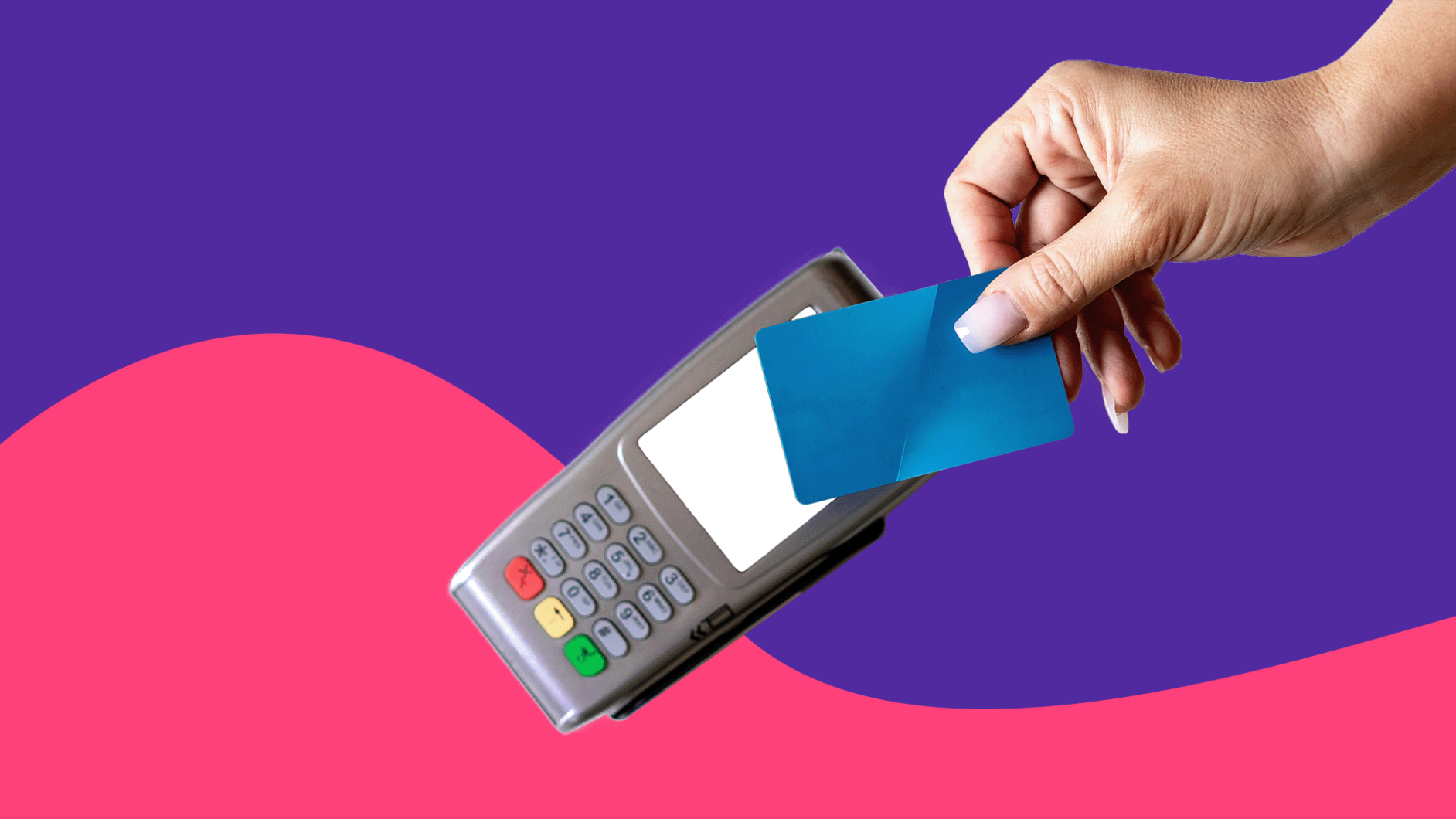Key takeaways
Manufacturer copay cards offer discounts on brand-name drugs to make them more affordable for patients with commercial insurance, but are not available for those with government-funded insurance.
Copay cards work by the pharmacy billing the card along with the patient’s insurance, providing a discount or credit toward the patient’s out-of-pocket cost, with the drug manufacturer reimbursing the pharmacy for the discounted amount.
Patients can obtain copay cards through the drug manufacturer’s website, their prescribing physician, their pharmacist, or non-profit organizations like needymeds.org.
To use a copay card, patients should present it to their pharmacist when the medication is prescribed and the pharmacy will bill the medication to the patient’s commercial health insurance plan, then apply the copay card to cover some or all of the remaining copay.
If you have a chronic condition like Type 2 diabetes, your healthcare provider may prescribe medication to manage your blood sugar. But if you’re prescribed a brand-name drug like Jardiance or Trulicity that doesn’t have a generic option, paying for your medication may be a challenge. (The average out-of-pocket price for a 30-day supply of these two meds is $785 and $1,236, respectively.) The good news? A manufacturer copay card can help offset the costs of many brand-name drugs.
Manufacturer copay cards are discounts provided by drug manufacturers to make brand-name drugs more affordable. They’re typically available through a brand-name drug manufacturer’s website, but your provider or pharmacist can often tell you about available programs, too. Here’s what you need to know about using copay cards to get your meds for less.
How copay cards work
If a patient is commercially insured, they may be able to receive brand-name medications for a nominal amount per month with a copay card, says Stella Bard, MD, a board-certified rheumatologist in Brooklyn, New York. For example, Jardiance costs as little as $10 for a one to three month prescription with a copay card according to the manufacturer’s website. And when you use a copay card for Trulicity, the monthly cost starts at $25. But patients with government-funded insurance like Medicare or Medicaid aren’t eligible to use copay cards.
RELATED: What are manufacturer copay cards?
Copay assistance cards contain billing information that’s used by the pharmacy filling the medication, says Brian Staiger, Pharm.D., a clinical pharmacist in Buffalo, New York, and owner of Hello Pharmacist. “The pharmacy will ‘bill’ the card, along with the patient’s insurance, to provide a discount or credit toward their out-of-pocket cost,” says Dr. Staiger. Then, the drug manufacturer will reimburse the pharmacy for the discounted amount.
It’s important to note that copay cards have different terms depending on the manufacturer and drug, Dr. Staiger says, so be sure to read the terms and conditions (which should be right on the card). “They typically have a cap on the amount they pay towards out-of-pocket costs per fill (e.g., max $150 per fill) and are generally good for one year or a certain amount of fills,” he says.
How to get a copay card
If a copay card is available for your brand-name medication, there are a number of ways to get one. The manufacturer’s website is the fastest and easiest way to obtain a copay card if you aren’t given one by your provider, says Dr. Staiger. For example, a copay card for the popular diabetes drug Mounjaro is accessible on Eli Lilly’s website.
Other ways to obtain a copay card include:
- Your prescribing physician may have copay cards available if they consistently prescribe a certain type of drug (e.g., a diabetes specialist may have copay cards for certain diabetes medications).
- You can also check with your pharmacist to see if a manufacturer copay card is available for your medication
- You can visit the non-profit site needymeds.org to locate the drug manufacturer‘s contact info.
Where to use copay cards
Copay cards, designed to be used along with your commercial insurance plan, can be used at essentially every pharmacy—whether online, brick and mortar, or mail-order—as long as they provide billing services.
Steps to use copay cards
To use a manufacturer copay card, follow these steps:
- Obtain a copay card from your provider or pharmacist or by enrolling through the drug manufacturer’s website.
- Present the copay card to your pharmacist as soon as possible after the medication is prescribed. That’s because, like insurance, copay cards are billed before the medication is actually filled. “If you present a card when you pick up your medication, the pharmacy will have to go back and re-bill it, which can take some time,” Dr. Staiger explains.
- Your pharmacy will bill the medication to your commercial health insurance plan, which should cover most of the medication’s cost. The copay card will then kick in to cover some or all of your remaining copay.
If you can’t find a copay card for your medication, SingleCare can still help you save, and it’s easy! Just follow these three steps:
- Download our iOS or Android app or go to our website.
- Search for your medication, making sure to adjust for quantity, dosage, and zip code.
- Choose the participating pharmacy closest to you and either print, text, or email yourself a free drug coupon.
When you go to the pharmacy, show your pharmacist the coupon to save.



